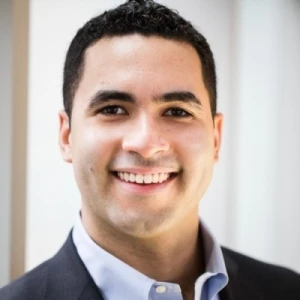One useful skill that consulting teaches you is “speaking the CEO language”. To me, it means adopting the pyramid principle, and speaking clearly and concisely.
While I have improved on the “structure” element, when I do cases there are still events where I over-illustrate and over-explain. Also, in some cases, my sentences are too long and not concise.
Although I know the theories, I haven't found a way to effectively help me improve this issue. Could you try to share some tips/ improvement approaches?
Some ways I've tried:
1) Learn key vocabularies
2) Seek help from English teachers who have some consulting background
3) Practice cases
Any other thoughts? Thanks a ton!




















